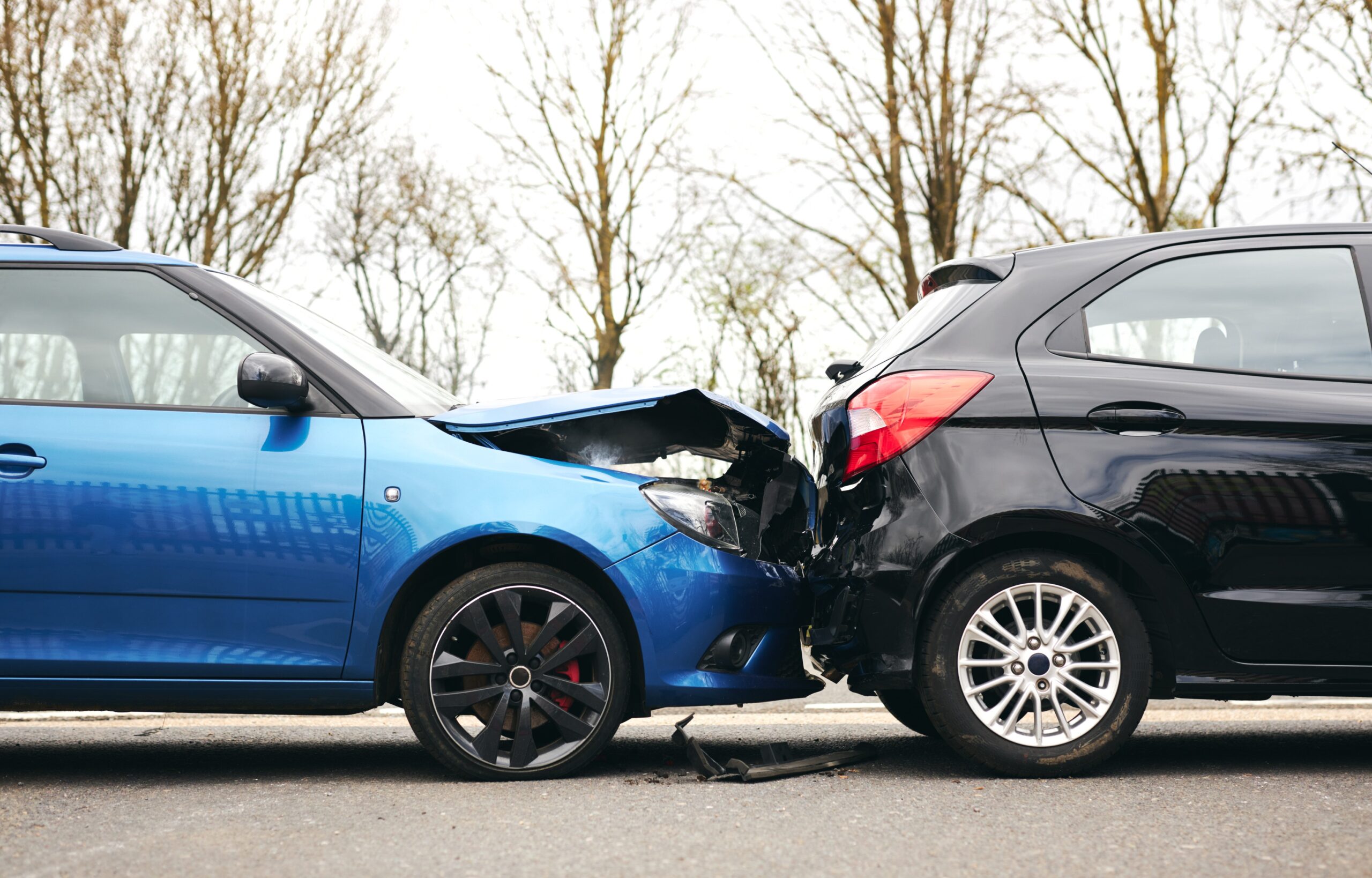4 Factors You Should Consider Following a Rear-End Collision – Guest Post

Rear collisions are statistically one of the most common types of collisions caused by drivers in America. Although rear-end collisions are typically less severe than other types of collisions, it is still important for drivers to take caution following a collision. If you are unsure of what factors to take following such incidences, this article will offer great insights.
1. Check for Injuries
First and foremost, you should stop your vehicle in a safe location and check for injuries. Regardless of who is at fault, it’s important that you ensure everyone is not injured. Usually, it’s recommended to give yourself and your passengers time to breathe as you double-check for visible and nonvisible injuries. If there are injuries, you need to seek urgent medical assistance. Before any other steps, contacting a local ambulance to help your injured party or even yourself should be your top priority.
2. Contact the Police
Police are not necessarily required to report any accident. However, if the other party isn’t cooperating or there are severe injuries, do not hesitate to contact the officers and emergency departments. Accidents happen, so never fear calling 911, even if you are at fault. The police will come and help you prepare a report to be submitted to the insurance companies. Also, they will prevent the other party from tabling a false report against you. The information reported at the site will be especially helpful if the incident has to go into legal hands, none of the facts can be twisted or altered.
3. Document the Scene
Next, you should document the scene of the collision. In your document, you should include vital information such as the following:
- The time and date of the incident
- Address of where the accident happened
- Vehicle details (make, model, color, and license plate number)
In addition, you should also take photos or videos of damages caused to your vehicle. For example, if your bumper is damaged, take a photo before a mechanic for bumper repair. These documents will be used as evidence to the insurance company for compensation purposes.
4. Prepare a Claim
Finally, you should prepare a claim to be submitted to the insurance company. This will help them determine how they will compensate you for the damages caused. Depending on the nature of the case, you may want to present the claim by yourself or involve a lawyer. As you contact your insurance company, always remember one thing; never admit liability, regardless of how guilty you feel. If you admit your faults/liability, it will be the fastest way to get denied compensation.
Final Thoughts
Rear-end collisions are generally not as severe as other forms of collisions, but drivers need to take caution following such incidents. The above factors will help you prepare a report and claim to be submitted to the insurance company. The tips above could even save you from legal trouble if you are honest and calm about the accident.

